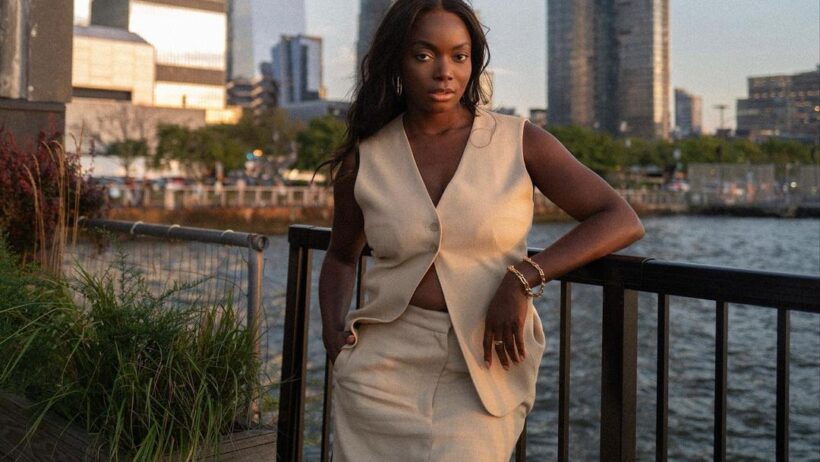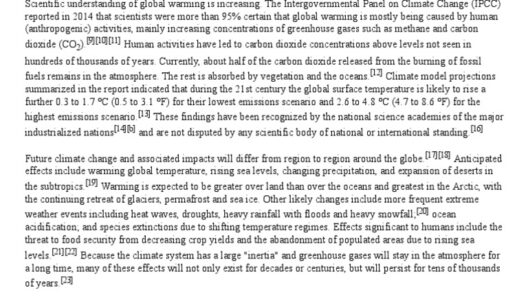Humidity affects how we perceive temperature and can significantly influence our choices when it comes to clothing. In humid climates, the body tends to sweat more due to the excess moisture in the air, which can lead to discomfort if not properly addressed through appropriate wardrobe selections. This guide provides a comprehensive overview of how women can navigate their clothing options in humid conditions to maintain comfort, style, and functionality.
Understanding the climate’s impact on fabric and fit is paramount. With the right choices, one can enjoy the warmth and beauty of a humid environment without compromising on personal style.
Choosing Breathable Fabrics
One of the most critical decisions when dressing for humidity is selecting breathable fabrics that facilitate moisture management. Fabrics such as cotton, linen, and rayon emerge as frontrunners in this domain. These materials are characterized by their lightweight nature and excellent air circulation, enabling sweat to evaporate swiftly from the skin’s surface.
Cotton, often referred to as the fabric of summer, is soft against the skin and allows for excellent airflow. However, it absorbs moisture, which may not be ideal for all scenarios. In contrast, linen boasts superior moisture-wicking properties and dries more quickly, making it a go-to choice for those particularly steamy days. On the other hand, rayon, made from natural fibers, offers a silky touch that also assists in keeping cool.
Additionally, synthetics such as polyester and nylon, while generally not as breathable, have advanced significantly in moisture-wicking technology. These engineered fabrics draw sweat away from the body, resulting in even quicker evaporation and a drier wearing experience. It is important to pay attention to fabric blends that incorporate both natural and synthetic fibers for a balanced approach to comfort and style.
The Scoop on Styles and Silhouettes
The silhouette and style of clothing play vital roles in how one feels in humid conditions. Loose-fitting garments are preferable, as they allow air to circulate around the body, reducing the feeling of suffocation often caused by clingy fabrics. A-line dresses, flowy skirts, and wide-leg trousers are excellent choices that strike the balance between chic and comfortable.
Moreover, opting for shorter hemlines can be liberating, allowing more skin exposure to the cooling breeze. Maxi dresses, while popular, can often trap heat if not chosen wisely. If selecting this length, look for breathable cuts with slits or side vents that offer ventilation while maintaining elegance.
Accessories can also affect overall comfort in humidity. Consider selecting lightweight and breathable undergarments. Sports bras or those made from moisture-wicking fabrics can provide support without excessive heat retention. Moreover, wearing a wide-brimmed hat or using an umbrella can shield one from the unrelenting sun while offering a chic aesthetic.
Color Psychology: Opting for Light Shades
When it comes to color, the age-old adage of light colors for warm weather holds true in humid climates as well. Light shades, such as whites, pastels, and soft neutrals, have reflective properties that help keep the body cooler than dark colors, which absorb heat.
Incorporating vibrant, light-colored patterns can also offer a lively flair without trapping heat. Floral designs, nautical stripes, or playful polka dots can elevate an outfit’s aesthetic while still adhering to the functional necessities of humid weather. Remember, a well-styled outfit enhances confidence, allowing one to embrace the sultry weather with grace.
Layering for Versatility
Layering in humid climates may seem counterintuitive, yet it can be beneficial when done correctly. Lightweight cardigans, sheer kimonos, or a breezy long shirt can add a fashionable layer that offers versatility while remaining airy. These layering options can be effortlessly discarded when the heat becomes overwhelming, providing both style and functional relief.
Moreover, strategic layering allows for adaptability between different settings, such as air-conditioned spaces versus outdoor environments. A light wrap can be especially welcomed when dining indoors, ensuring comfort without sacrificing look. This approach not only ensures practicality but also adds depth to any outfit.
Footwear: Choices that Breathe
Selecting the right footwear is equally essential in humid weather. Closed shoes can trap heat and lead to discomfort; therefore, breathable sandals or open-toe styles become quintessential. Opt for materials such as leather or canvas, which allow for ventilation while providing durability.
When choosing sandals, consider styles with arch support and cushioned soles to maintain comfort during prolonged wear. Additionally, flip-flops can be tempting but may offer little support, leading to foot fatigue. Opt for chic espadrilles or strappy slides that marry comfort and style effectively.
Conclusion: Embracing the Element of Humidity
In summary, dressing for humid climates involves a thoughtful fusion of breathable fabrics, smart styles, and supportive accessories, all of which work in harmony to ensure comfort and style in the face of moisture-laden air. By prioritizing lightweight materials, accommodating silhouettes, and light color palettes, women can not only cope with humid conditions but elevate their fashion choices. Ultimately, the right wardrobe selections can transform how one experiences and enjoys environments where humidity reigns supreme.






